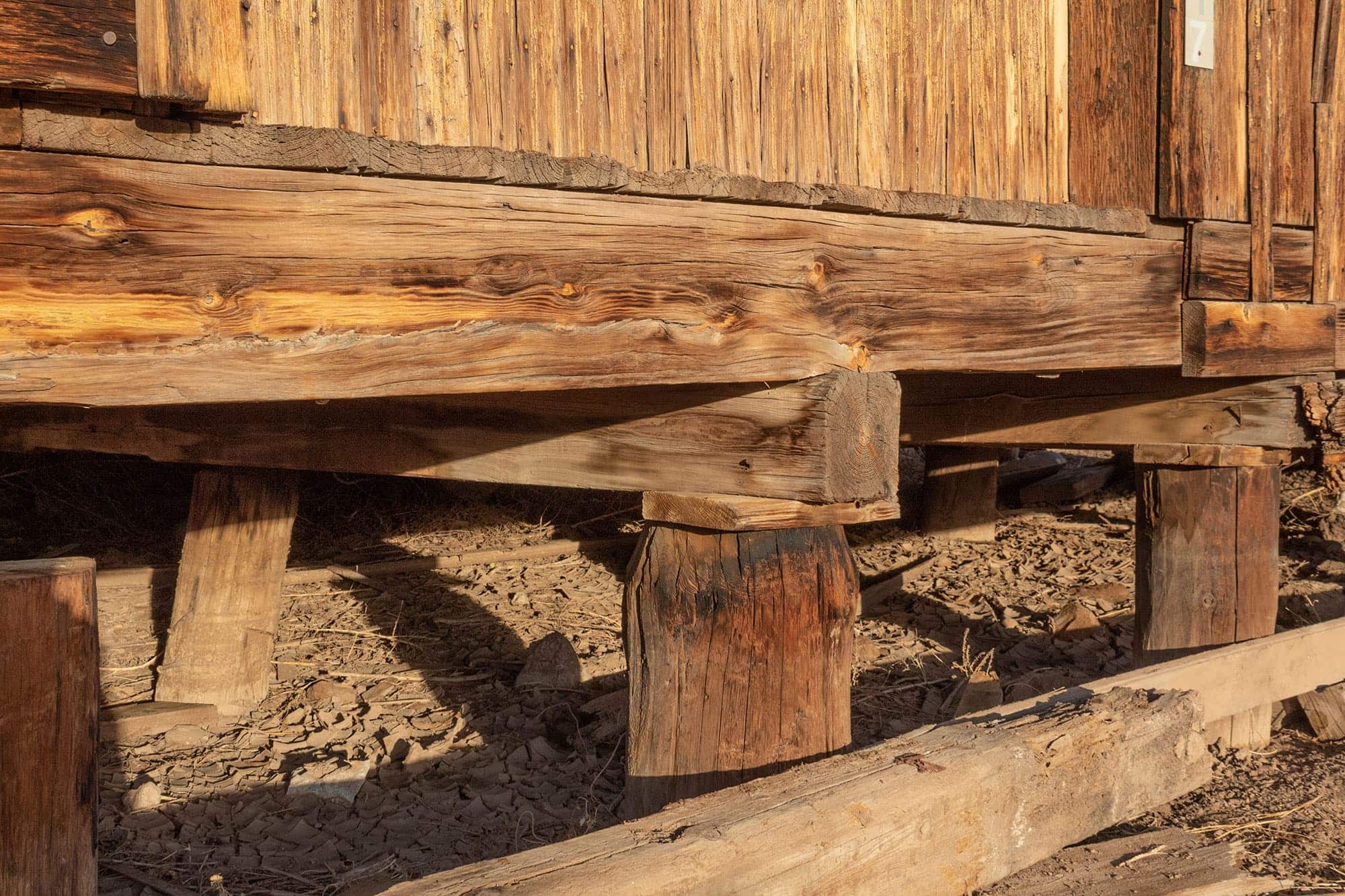Have a pier and beam foundation in your home that needs to be lifted? While pier and beam homes aren’t as common as their concrete slab counterparts, elevating these foundations is very doable. With the right contractor and with a little research, you can feel confident when it’s time to lift your home.
What is a Pier and Beam Foundation?
Pier and beam foundations, also referred to as post and beam foundations, are typically found in older homes. These homes were usually supported by wooden beams. These days, a pier and beam system is typically created by first pouring a concrete perimeter. Then stone or concrete piers and wooden beams are laid to support the structure of the home. Unlike concrete foundations, which allow a home to rest directly on the ground, pier and beam foundations are elevated, usually at least two feet.
One of the benefits of a pier and beam foundation is that they’re typically easier and less costly to lift than slab foundations because of the built-in crawlspace the system provides. When you’ve decided it’s time to lift your pier and beam home, the process doesn’t have to be more complicated than a traditional slab lift. When you’ve got the right lifting contractors working with you, your pier and beam lift can go off without a hitch.
Preparing for a Pier and Beam Lift
There is a seemingly never-ending checklist to consider when you’re prepping to lift your pier and beam home. And when you’re raising this kind of foundation system, there are a few thing you need to prepare for:
Infestation – The crawlspaces created when you build a house on a pier and beam foundation is the perfect home for insects as well as both small and large rodents and even snakes. Before your lift gets underway, you’ll want to have a pest control expert survey under your home to rule out the possibility of an infestation of any kind.
Rotten beams – Because pier and beam systems are made with wooden components, they’re at a huge risk for rotting, especially if your home is older. This can pose a real danger to not only you as the resident, but to your contractors as well. You need to work with your contractor to ensure that all of the proper inspections have taken place before they start the lifting process. This way, you can not only proactively create a safe work zone, but you can be mentally and financially prepared for any unforeseen beam repairs that need to take place.
Utilities and landscaping – In the hustle and bustle of making sure your home is ready to be elevated, don’t forget about disconnecting your utilities and removing your landscaping. Trees and shrubs will pose a barrier to your contractors, and your flowerbeds will be crushed by equipment if you don’t transplant or temporarily move them before the lifting crew arrives.
The Lifting Process
When lifting day comes, your contractor will begin by taking level readings throughout your home. This will help them determine if there are any discrepancies in the height of your current floors and foundation. From there, they’ll be able to lift your home at appropriate speeds and levels so that as little damage as possible is done to the structure.
Once level readings are taken, it’s time to get to work. If a pier and beam home that has been built more recently (in the last 80 years, or so,) it will most likely have the concrete perimeter that we discussed above. This perimeter keeps the rest of the system stable and contained. It’s upon this perimeter that your contractors will position the jacks and begin to slowly lift your home.
As with slab lifts, a pier and beam lift is done inch by inch, ensuring that your home is safely raised with as little damage as possible. When your home has reached its desired height, whether that be a foot or an entire story off the ground, your contractor will then secure your existing system. In some cases where your lift is slight, that might look like adding steel or wooden shims. In other cases, the system might need to be remastered entirely to ensure stability once the jacks are removed.
Things to Remember After the Lift
Once the lift itself is complete, there are still a few things that need to take place before your home is back to its normal, livable condition. Your water and electric will need to be reconnected and checked to make sure everything is in working order. Additionally, some things—like your AC units—will need to be elevated as well so that they’re able to be connected to your home. If you work with an experienced contractor, they will know to be mindful of these things, so nothing gets left behind.
Conclusion
Pier and beam foundations are common, especially in older homes or in homes built on uneven ground. And when it’s time for those homes to be lifted, whether for flood protection, more living space, or to extend a basement or crawlspace, choosing a trusted and experienced contractor will make all the difference.

